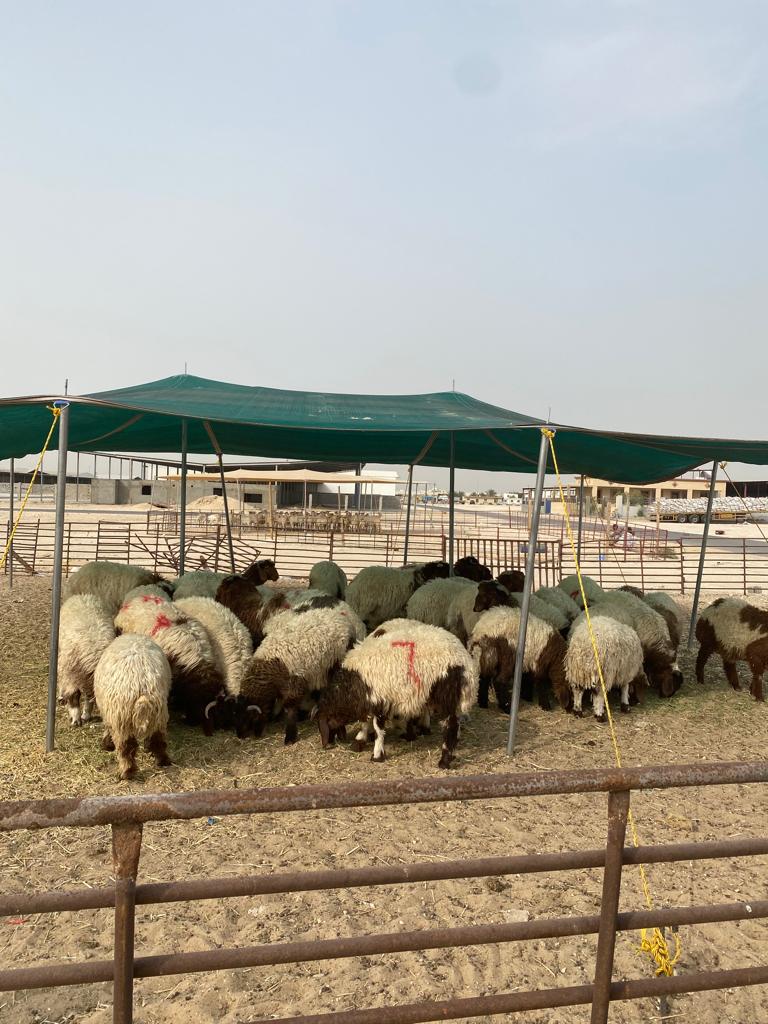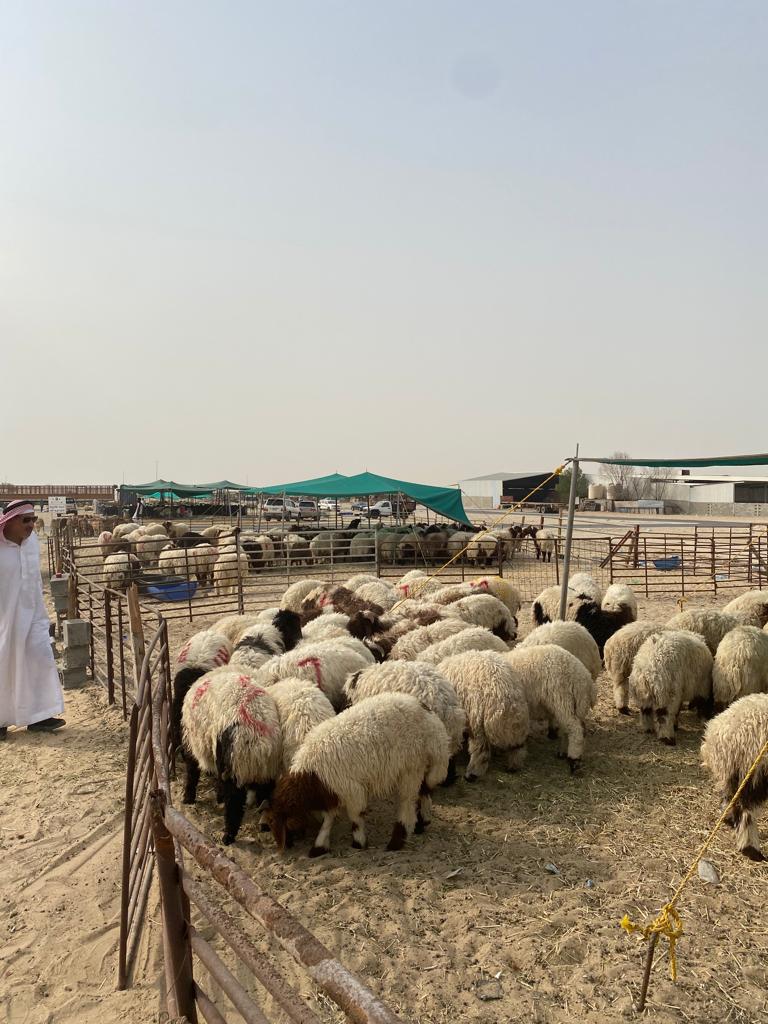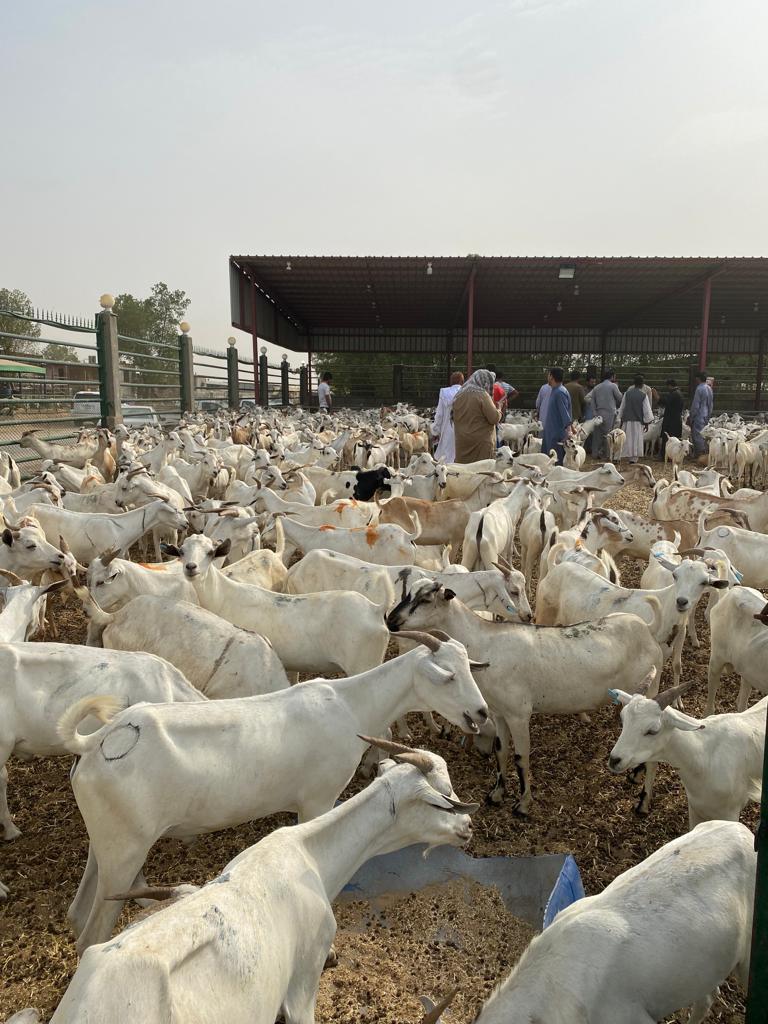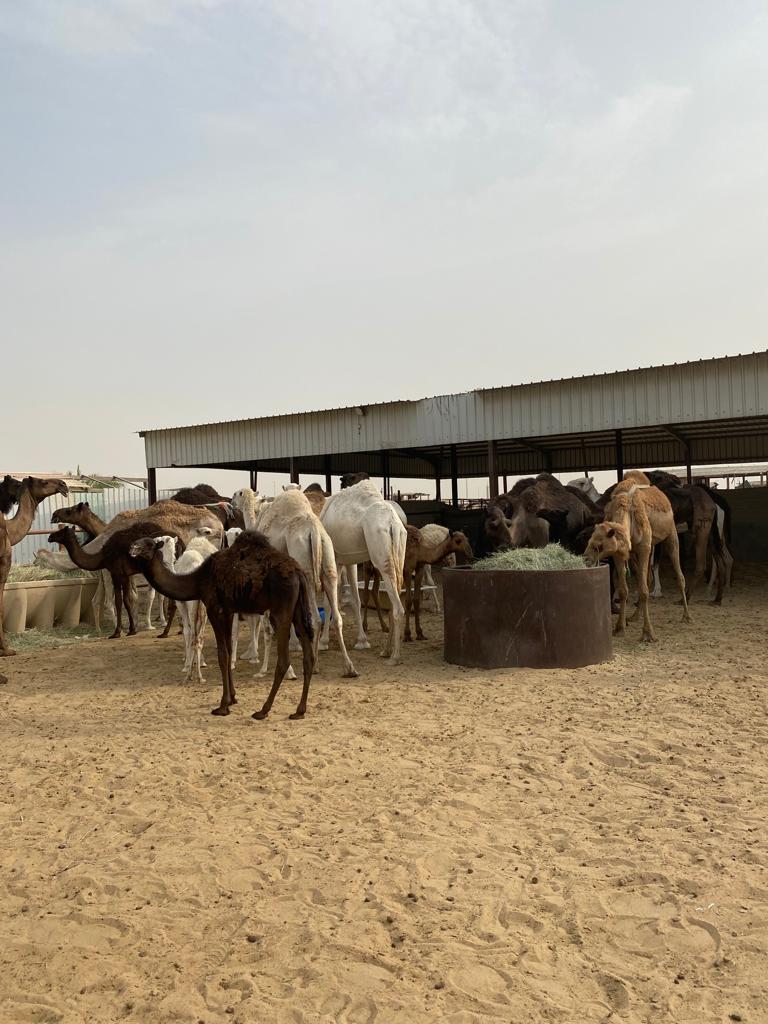What is Eid al-Adha?
The Kingdom of Saudi Arabia is a sovereign Arab Islamic State. Its religion is Islam. Its constitution is Almighty God’s Book, The Holy Qur’an, and the Sunna (Traditions) of the Prophet (PBUH). Arabic is the language of the Kingdom. The City of Riyadh is the capital.
Basic Law of Governance, Kingdom of Saudi Arabia
The Basic Law of Saudi Arabia, a constitution-like charter for governance, states in Article One (of 83), that the constitution of Saudi Arabia is The Holy Qur’an. With Islam being the state religion, getting to know the culture and the people here is synonymous with getting to know and understand Islamic faith traditions.
Prior to our arrival in the Kingdom, I took a weeklong course through the State Department that gave a whirlwind overview of the history and tenets of Islam along with its intersection with policy, culture, economics, and a host of other issues. For those of you that don’t know much about Islam, it is one of the three Abrahamic religions (Judaism, Christianity, and Islam). This means that all three religions worship the God of Abraham. While all three religions are distinct and very different, there is much overlap in terms of stories and key figures in the faith.
There are two main holidays celebrated in Islam: Eid al-Fitr and Eid al-Adha. Eid al-Fitr marks the end of the month-long dawn to sunset fasting known as Ramadan. Eid al-Adha is the larger of the two festivals and honors Abraham’s willingness to sacrifice his son, Ismail, in obedience to Allah’s command. (Christians will no doubt recognize this as Abraham and Isaac). Before Abraham could actually sacrifice his own son, Allah provided a lamb to sacrifice in Ismail’s place. To commemorate, Muslims ritually sacrifice animals, cook the meat and share a large meal with family. The leftovers are distributed among the poor and needy.
Eid al-Fitr (or Festival of the Sacrifice) is observed on the 10th day of Dhu al-Hijjah, which is the 12th and final month of the Islamic calendar. It is during this month that the Hajj takes place each year. Hajj is the annual pilgrimage to Mecca, the holiest city for Muslims. This pilgrimage is mandatory, at least one time, for all Muslims who are both financially and physically capable of making the journey.
Here’s an infographic that shows the steps of Hajj (sorry for the watermarks).


To market, to market, to buy a fat…sheep?
As the larger of the two holidays, you can imagine that hundreds of thousands (maybe even millions?) of animals are needed for the family sacrifice. I was fortunate to visit one of the many sheep markets that pop up around the country offering sheep, goats, and camels for sale ahead of Eid.
The market was a bit outside of the city so it took 20 minutes or so to arrive. There were makeshift pens and tents for a few kilometers along a side road. Sheds and basic barns were a little offset from the road. The sheds reminded me of some of the animal pens at the small town America county fair, but far more run down. Vendors came from all around the Arab world to sell their livestock.


The first merchant we visited was selling local sheep. The breed of sheep, Awassi, is very common in the Arab world and can be found all over Saudi Arabia. This particular vendor was selling his males for around 800 SAR (~$210 USD). I was curious as to why these merchants bring their sheep to market with all their wool. It would seem to me that a sheep sold with a full coat of wool was the same as leaving money on the table. I was told that the wool is one of the many indicators of health, so it was important for the buyer and seller to have the wool still on the animal as a point of negotiation.




Right across from the Awassi sheep were some Sudanese vendors who brought their sheep and goats all the way from Sudan. I’m not exactly sure on the breed of both the sheep and goats, but both came from Sudan. There were hundreds, if not a thousand plus sheep and goats in each adjacent pen. These Sudanese desert sheep were selling for about 500 SAR (~$130 USD). The goats were about the same price, but just a little cheaper.




And then there were camels
Way back and off the main road we caught the glimpse of some camels. Before leaving we decided to stop back and look at the camels. There were several dozen camels which seemed to be both mothers and babies. The baby camels were selling for about 1500 SAR ($400 USD) and the mothers for about 5000 SAR (~$1300 USD). The camels aren’t designed to be a single-family animal, so several families would go in together to get a camel for their sacrifice. For those of you that don’t like the thought of baby camels on the dinner table, I’m sure the merchants wouldn’t mind if you just bought them for a family pet. It’s the same money for them either way.






As our group was wandering around and taking pictures, the camel farmer (herder, merchant, owner? The guy with the camels…) came over and proudly offered fresh camel milk. Since my Arabic is still limited to exchanging pleasantries and saying things like “Today is hot” and “My house is suitable” and “You are a student,” I needed my more experienced colleagues to provide a translation. I knew right away by his body language and gestures that he was offering camel milk, but I wanted to know if there was a catch.
For those of you who know me, this is something I would absolutely do. However, the rest of the group quickly refused and then all eyes went straight to me. At this point, I can’t not NOT get some camel milk. Our language instructor quickly gave his complete disagreement, but there I stood in a showdown between the shock and counsel of my colleagues and offending this man who proudly offered his camel milk to me.
Before I could officially say yes or no, he grabbed a metal bowl and immediately started milking one of his camels. It wasn’t more than 15 seconds later that he came back with what seemed like about 2 quarts of fresh, frothy, warm camel milk.
What to do with the milk?
I was advised that drinking that fresh, raw milk, would most certainly wreck my stomach. As much as I wanted to try it right then and there, I let my better judgment ask for the milk “to-go.” He poured the milk from the metal bowl into a large plastic bag, tied it off and gave it to me. I offered him money, but he refused. Off we went with my souvenir in hand.
I showed my bag of camel milk and shared the story with how I acquired it with the team of drivers at the consulate’s motor pool. They laughed and thought it was hilarious. At the same time they all raved about the benefits of camel’s milk. After their fair warning about it completely ruining my stomach the first time I had it, they also said that it does wonders to regulating blood sugar, is far more nutrient dense then cow’s milk, the wonderful sweet and slightly salty taste, and the other benefits of the milk. As soon as I got home, the milk went straight into the fridge until I could pasteurize it properly.
At this point, I was more curious than anything. I did some quick Google searching on how to pasteurize camel milk. Apparently, not too many people searching for that these days, so I assumed that milk is milk and followed the instructions for pasteurizing cow’s milk since my search for camel’s milk was coming back empty.
Prepping the camel milk for (safe) consumption
I slowly brought the milk up to temperature, stirring the whole while, until the milk reached 162o F. I then kept the milk at temperature for at least 30 minutes. (Lots of people just told me to “boil it” but I also wanted to preserve as much of the flavor and nutrition profile of the raw milk as possible).


I then set the pot of heated camel’s milk directly into a container filled with ice and stirred it until the temperature fell below 70oF. The goal was to get the temperature down as possible so it didn’t stay in the warm temperature range where it would be more susceptible for bacteria and other yucky stuff.




I then wanted to pass it through a filter since I’m not sure what else was in that plastic bag or floating around in my milk. I tried a coffee filter, but that really didn’t work. I then went to a cheese cloth which worked a little better. However, heating the milk produced a little bit of curd, so I had to shake the cloth with the milk for it all to pass through. I then put the milk into a glass container and right into the fridge.


I’m not a milk drinker and never really have been. Nothing against milk, but just don’t really care for the taste. I’m obsessed with cheese and prefer to get my dairy in yogurt or cheese form rather than liquid. But after all that work, I knew I had to try the camel milk.


The taste was OK. Definitely a bit on the sweet side and just a little salty. I didn’t water it down but drank it just as it came. The taste is noticeably different than cow’s milk. While I’m glad I tried it, I’ll stick to my water and coffee thank you very much. But when in the land of camels, just need to try camel milk, right?
